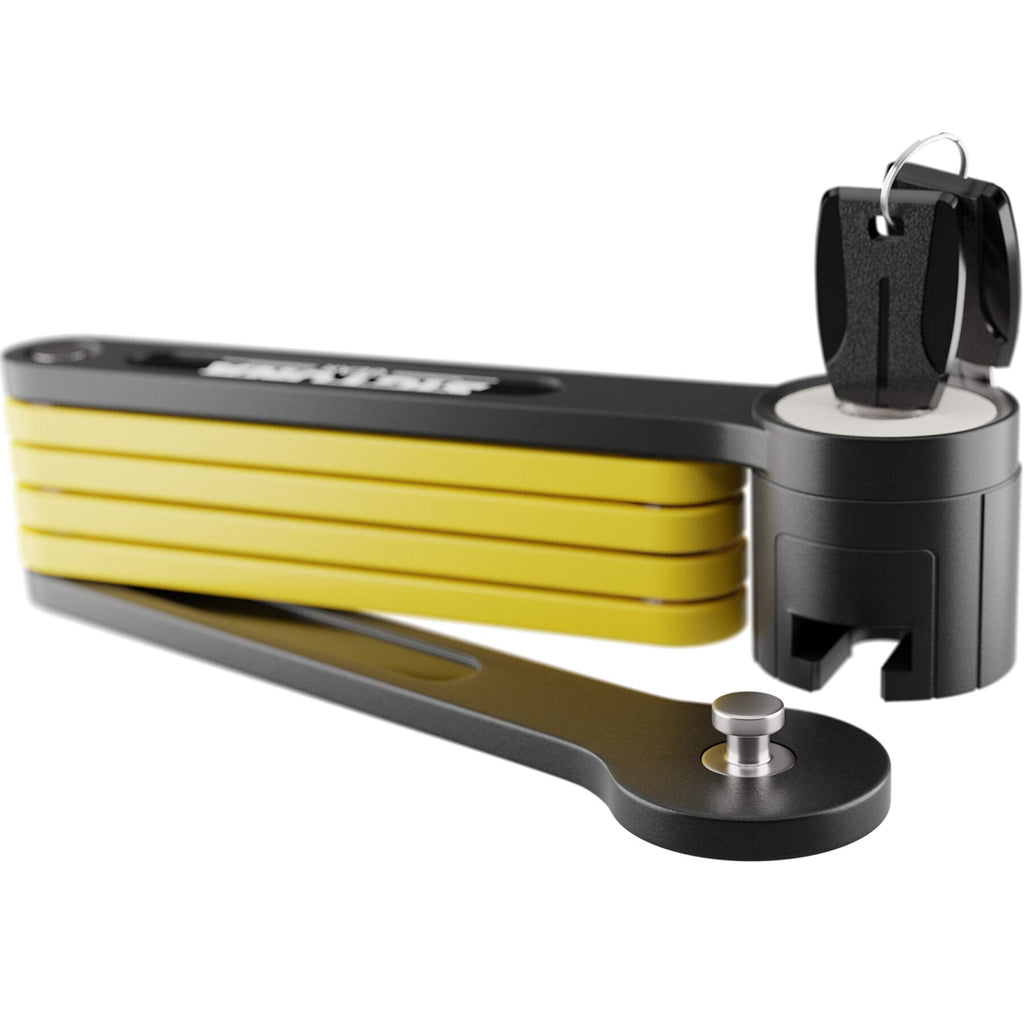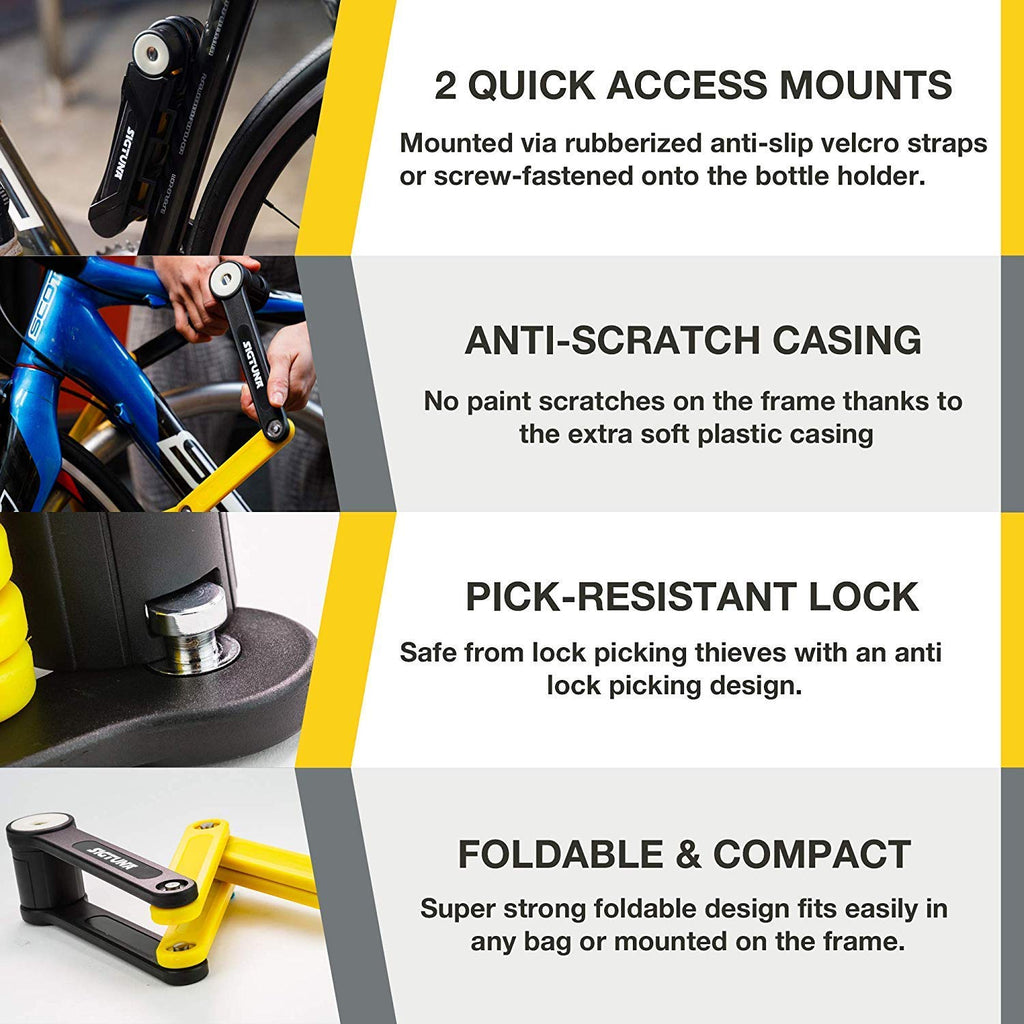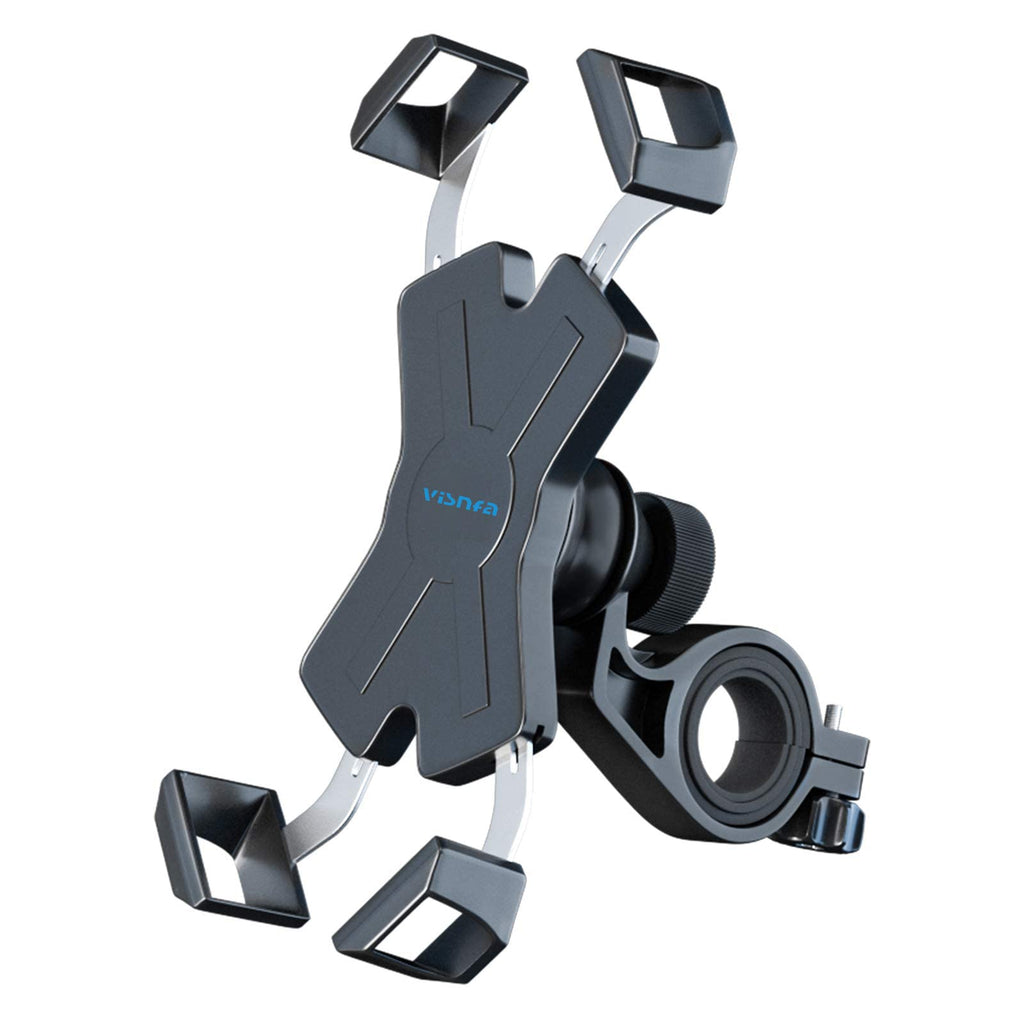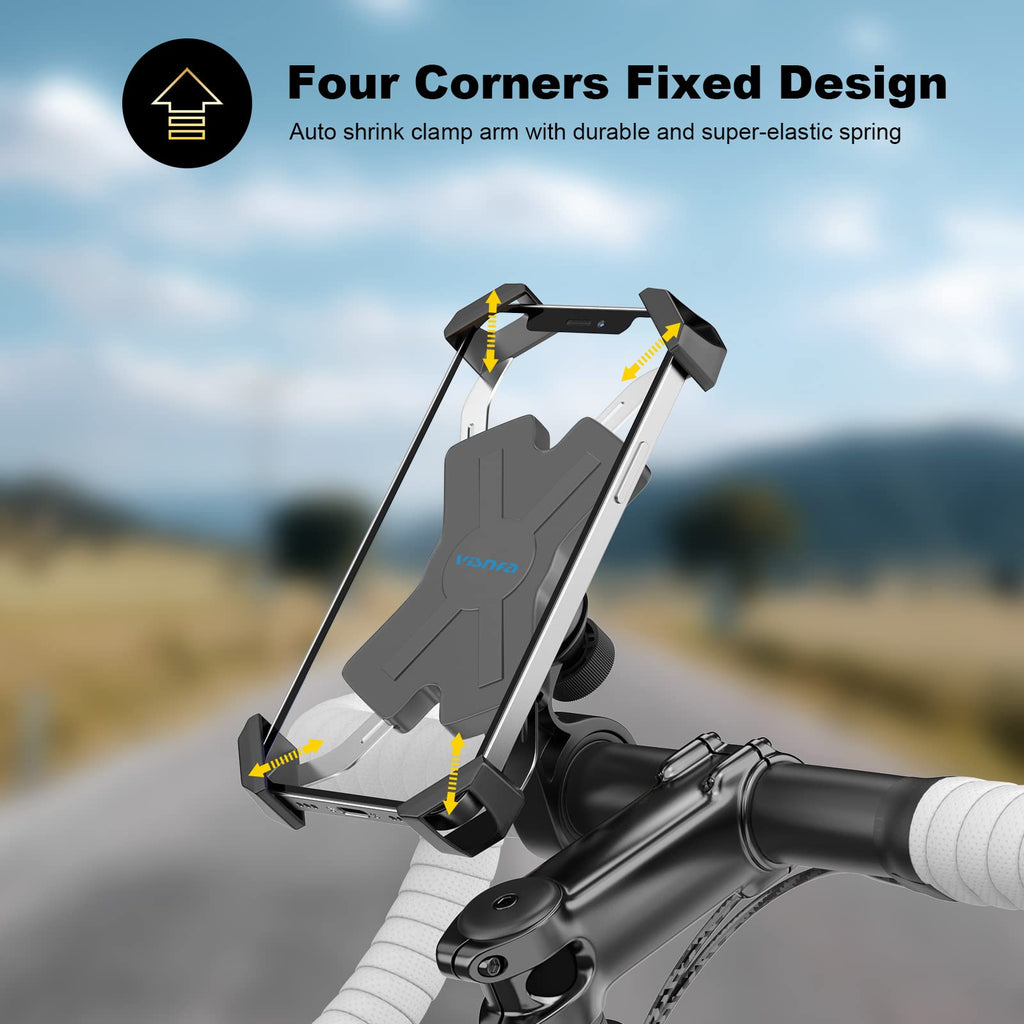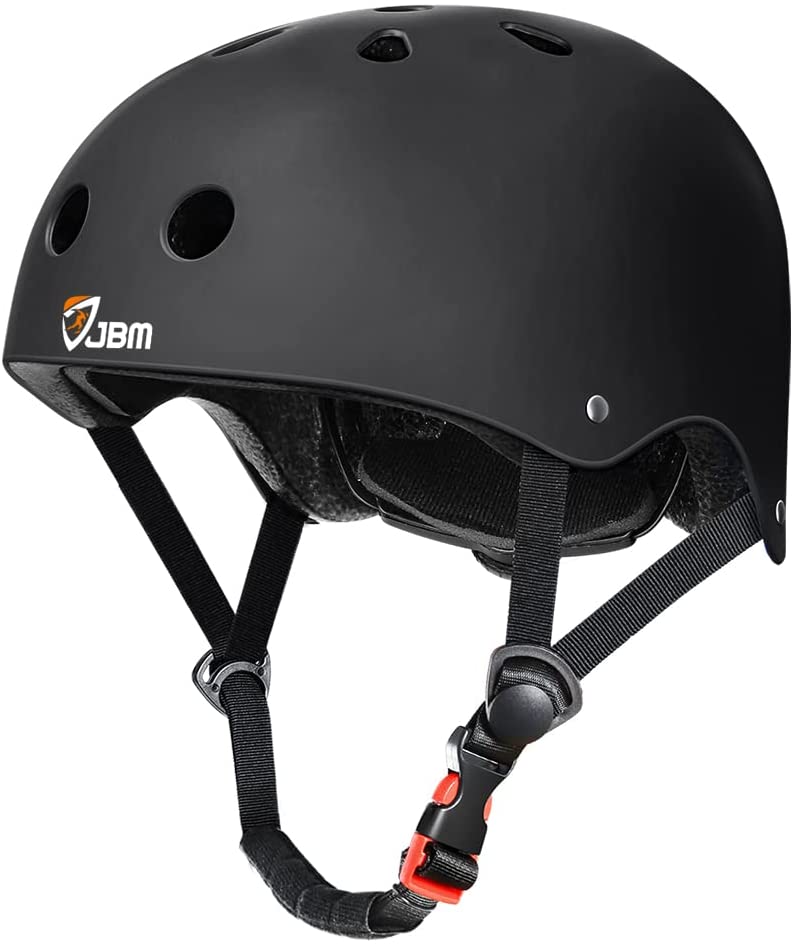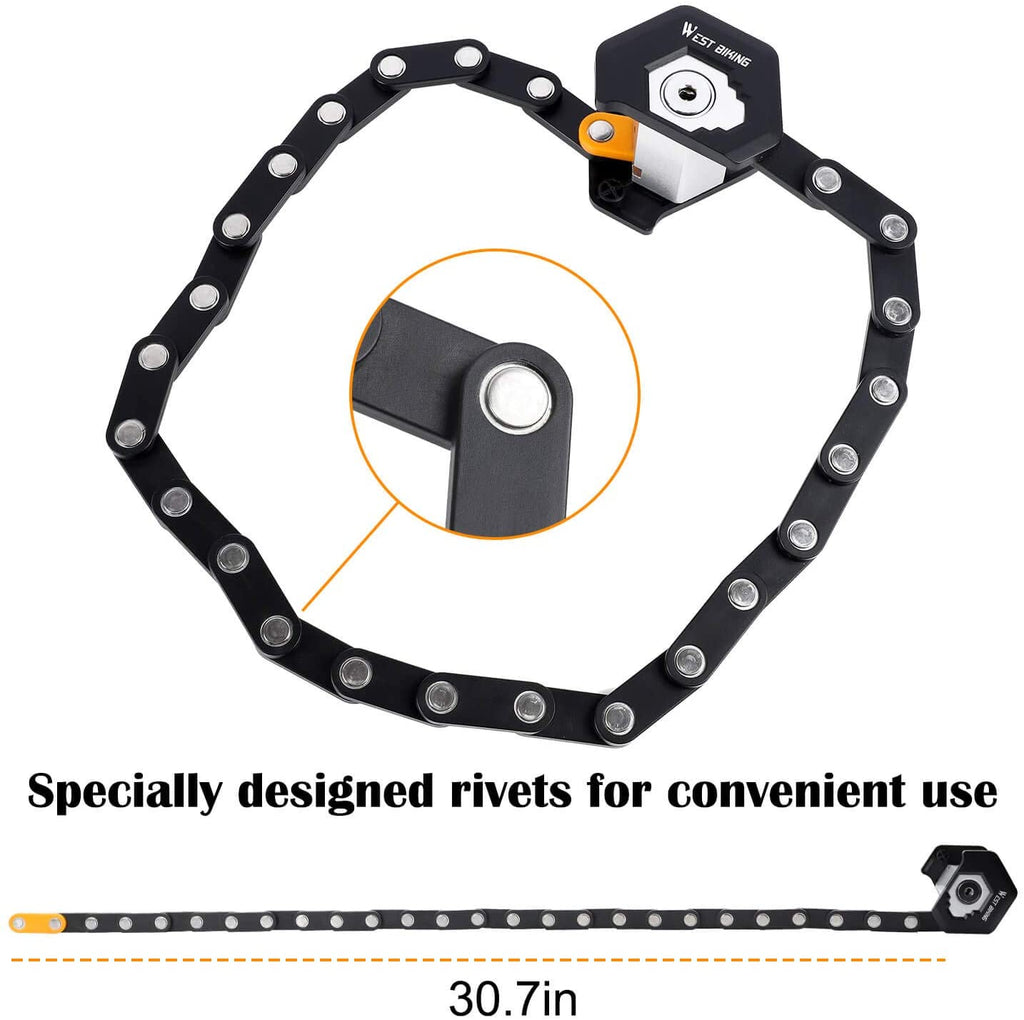Heavy Rider Engineering: What Makes a Scooter Truly “Heavy-Duty”?
Riders who weigh more than 300 lbs are familiar with the challenges: swaying stems, shaky motors, rattling decks, and excessively depleting batteries. Although many scooters make claims about having a large load capacity, few of them truly perform smoothly, steadily, and safely when carrying heavier loads.
As urban commuting becomes more inclusive, there is a growing demand for scooters that can reliably carry riders above the average weight threshold, often 300 lbs and beyond, without compromising safety or performance. In this guide, you’ll explore what makes high-performance electric scooters more heavy-duty.
You can deep dive into a detailed guide on a heavy-duty electric scooter.
Key Features That Define a Heavy-Duty Scooter
To be genuinely capable of supporting heavier riders, an electric scooter should be engineered with:
-
Load-bearing capacity: A minimum load-bearing capacity of 265–330 pounds
-
Reinforced frames: A structure that has been specifically strengthened to bear greater loads, stress, or impact without buckling, shattering, or deteriorating over time is called a reinforced frame.
-
High-torque motors: High-torque motors are crucial in heavy-duty applications where strength and load-carrying capacity are more important than raw speed because they are specifically made to produce more rotational force (torque) at low speeds.
-
Strong motor: Usually dual motors or a single high-wattage motor (600W–3000W+). Offers sufficient torque and acceleration.
-
High-Capacity Battery Range: 40–100 km or more between charges. A larger capacity (e.g., 1000Wh–2000Wh) guarantees longer, continuous rides, as heavier loads deplete batteries more quickly.
-
Power-sag-resistant batteries: Required when carrying a heavier rider, accelerating rapidly, or climbing a steep hill.
-
Wide or large tires: For weight distribution and stability. Tires need to be strong enough to support extra weight without losing control or grip.
-
Off-road capabilities: Weather and terrain resistance like dust protection and IP-rated waterproofing. Ideal for rougher roads and all-weather commuting, increasing durability.
-
Big, Robust Deck: Long and broad deck composed of strengthened non-slip materials.
These aren’t just wishlist items, they’re safety requirements.
Built to Bear the Load
When heavier riders ride scooters with thin or poorly welded frames, they often flex in the stem, creak under the deck, and eventually fold. These scooters' reinforced frame, which is frequently made of high-tensile steel or aircraft-grade aluminum, is what keeps them from bending or wearing out under stress. Heavy-duty scooters retain their structural integrity even when used daily by riders weighing more than 100 kg (220 lbs), in contrast to lighter models.
Thick-walled aluminum or forged alloy frames
-
Steering columns with two stems (which lessen handlebar wobble)
-
Folding clamps and reinforced deck mounts
For instance, dual-stem columns and industrial-grade components are common features of scooters like the powerful King GT Pro and Zero 10X, dual 1000W, not to market luxury, but to keep riders safe at high speeds and weights.
Torque Overload? Not Here.
Motor size alone doesn’t guarantee power. What heavier riders really need is torque, the force that pushes a scooter forward from a stop, up a hill, or through rough terrain without hesitation. They improve ride comfort and prevent long-term damage by protecting the scooter and its rider from the damaging effects of uneven terrain.
Every element, from the reinforced brake parts to the thick, grippy tires, works to support larger loads without compromising rider experience, safety, or control.
-
Particularly those with 1000–2000W per wheel, dual motors offer:
-
Increased acceleration when under load
-
More dependable ascent of hills (30–50° inclines)
-
Quicker recuperation from resistance to the terrain
Heavy-duty designs with dual 1000W+ motors (like the King GTRs) can handle steep hills even with a 300-lb rider without overheating or bogging down.
Suspension & Tires That Do the Heavy Lifting
Ride comfort is critical, but under heavier loads, suspension becomes even more essential to avoid bottoming out, losing control, or rattling joints. Comfort and control on heavy-duty scooters are essentials, not extravagances. In order to guarantee a safe, steady, and comfortable ride regardless of weight or terrain, suspension and tires are the real heavy lifting.
Look for:
-
Hydraulic or adjustable rear shocks
-
Front fork or dual-arm suspension
-
Wider, self-healing pneumatic tires (11–12 inch preferred)
Heavy riders can adjust the damping settings on certain scooters for comfort, such as those with motorcycle-grade hydraulics. Some, such as the 300 lbs capacity Wide Wheel Pro scooter, use extra-wide tires filled with foam that increase road grip and decrease bounce without ever going flat. Large, wide tires (usually 10–12 inches) that provide better load distribution, stability, and road grip are standard on the majority of heavy-duty models.
Battery Matters More at Weight
The heavier the rider, the more power the scooter draws, especially on hills or during rapid acceleration. Even the strongest motor can overheat, become sluggish, or drain rapidly if the battery isn't strong enough. That’s why heavy-duty scooters are often equipped with:
-
Lithium-ion batteries with large capacities (18Ah to 35Ah)
-
Systems with high voltage (52V, 60V, or 72V)
-
Intelligent battery management systems that stop voltage sag
Additionally, many heavy-duty scooters incorporate smart battery management systems (BMS) to regulate heat, protect against overcharging, and optimize performance. Even with a rider weighing more than 300 pounds, scooters with 72V 35Ah batteries, such as those found in high-end performance models, can travel 50–60 miles. Standard 48V 10Ah setups, on the other hand, frequently only provide half of their stated range in comparable circumstances.
Why It Pays to Choose the Right Build
Purchasing a heavy-duty scooter involves more than just selecting the largest or most potent model; it also entails selecting a build that is tailored to your individual requirements. Every part of a scooter, from suspension systems and long-lasting batteries to reinforced frames and high-torque motors, is essential to how well it operates under stress. In the absence of robust engineering, heavier riders might encounter:
-
Unreliable stopping distance
-
Inadequate stability at high speeds
-
Frame deterioration or component failure
-
Reduced the lifespan of batteries
Faster wear, uncomfortable rides, and possible safety hazards can result from sacrificing structural quality or underestimating your weight and usage requirements. However, choosing a scooter that was created with you in mind guarantees real value for your money, consistent performance, and peace of mind.
Models like the heavy-duty King GTR electric scooter that are frequently suggested in serious heavy-duty discussions aren't just high-performance vehicles for thrill-seekers. They are made to be reliable devices that can move heavier loads farther and with much less wear.
Final Thought: Start Your Journey with Robust Heavy-Duty E-Scooters
Don't simply look at the "max load" number if you weigh more than 300 lbs. Search for scooters that were designed with your weight in mind from the beginning, with long-range batteries, torque-rich motors, and reinforced frames that provide reliable, secure, and smooth operation. When those elements work together, as they do in the best heavy-duty scooters available, your size doesn't limit you; rather, it propels you forward.
